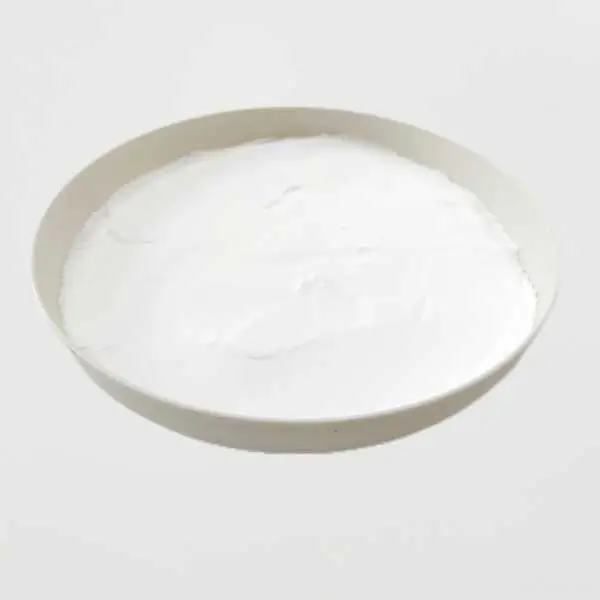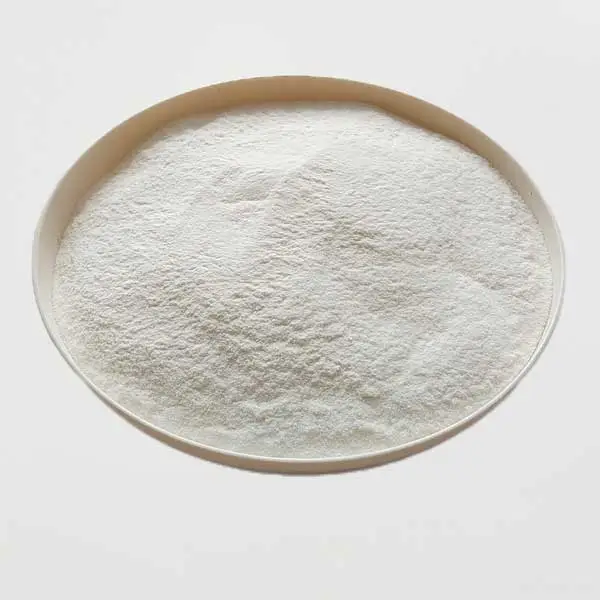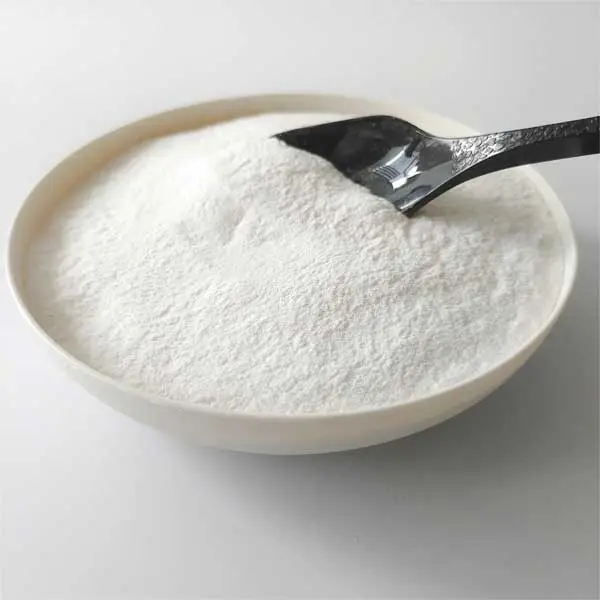The Role Of Redispersible Polymer Powder In Concrete Art Mortar
Post Date:17,Feb,2025
The redispersible polymer powder contained in the art face mortar can ensure the strong bond between the surface material and the concrete substrate, and give the art face mortar good bending strength and flexibility, so that it can better withstand dynamic movement. Bearing without damage, the mortar surface layer can better absorb the internal stress caused by the change of ambient temperature and humidity in the material and the interface, and avoid the cracking and spalling of the surface mortar; Dispersed emulsion powder can also significantly reduce the water absorption of the mortar, thereby reducing the intrusion of harmful salt, reducing the decorative effect of the mortar, and damaging the durability of the mortar.
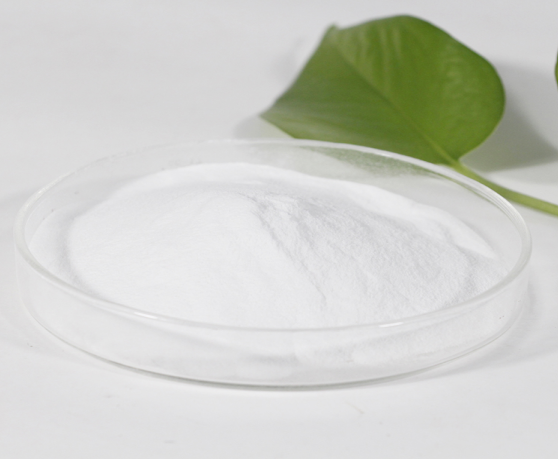
Using the embossing process, you can get the same decorative effect on the surface as the traditional embossing concrete process. First, use a scraper or trowel to apply the interface layer of the polymer modified cement material as thinly as possible to a thickness equal to the maximum particle size of the sand. When the putty layer is still dry, use a gauge rake to lay about 10mm thick colored art mortar, use a trowel to remove the rake marks, and then press out the pattern texture with the same stamp as traditional stamped concrete. After the surface layer is dry, paint the tinted sealant. The sealing fluid brings the color to the low areas, creating a rustic style. Once the raised area is dry enough to walk on, apply two coats of acrylic clear cover sealer over it. Non-slip cover sealant is recommended for outdoor use. After the first layer of sealant dries, apply anti-slip paint. Under normal circumstances, the surface can be stepped on after 24 hours of curing, and it can be opened to traffic after 72 hours.
At this stage, self-levelling art mortar surfaces are mainly used indoors, usually with patterns formed by dyeing. They are often used in commercial places such as auto shows, hotel lobbies, shopping malls, and theme parks. It is also suitable for the floor heating of office buildings and residential buildings. The surface thickness of the designed polymer modified self-leveling art mortar is about 10mm. Just as in the construction of self-leveling floor mortar, at least two layers of styrene-acrylic emulsion interface agent are first applied to close the pores on the concrete substrate and reduce its water absorption. The adhesion between the self-levelling mortar and the concrete substrate is increased, and then the self-levelling mortar surface is laid and the air bubbles are eliminated using an exhaust roller. When the self-levelling mortar has hardened to a certain extent, you can use the relevant tools to carve or cut patterns on it according to your own design and imagination. In this way, you will get a decorative effect that you cannot get with other decorative materials such as carpets and tiles. More economical. Patterns, art designs and even company logos can be made on self-leveling surfaces. Sometimes it can even be combined with the base concrete cracking or causing surface cracking parts for art hiding. Color can be obtained by adding pigment to dry-mixed self-levelling mortar in advance, and post-dyeing treatment is more often used. Specially formulated colorants can react chemically with the lime components in the mortar. These substances have a slight etching effect and will fix the color to the finish. Finish with sealant.
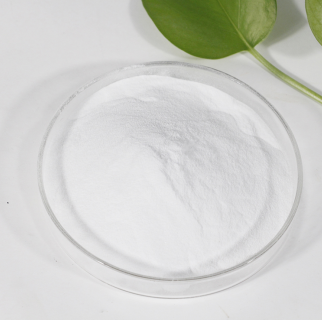
The average cost of concrete art mortar surfaces is typically 1/3-1/2 higher than the cost of natural stone such as SLATE or granite. Hard floor materials such as tile, granite or decorative concrete may not appeal to consumers who prefer soft materials such as carpet or soft vinyl. Disadvantages may be the feeling of heat under the feet, the scattering of sound and the possibility of being shattered by falling objects, or the safety of the ground on which the child may crawl or fall. Many people prefer carpeting on hard floors or long carpets in walkways and areas to add beauty, but these options need to be included in the budget. As one of the effective means to beautify concrete, art mortar has the advantages of simplicity, economy, durability and easy maintenance compared with traditional decorative cladding materials. It is the best embodiment of people's aesthetics and creativity.
Recommended Products
Related News About Construction Chemicals

 English
English 


